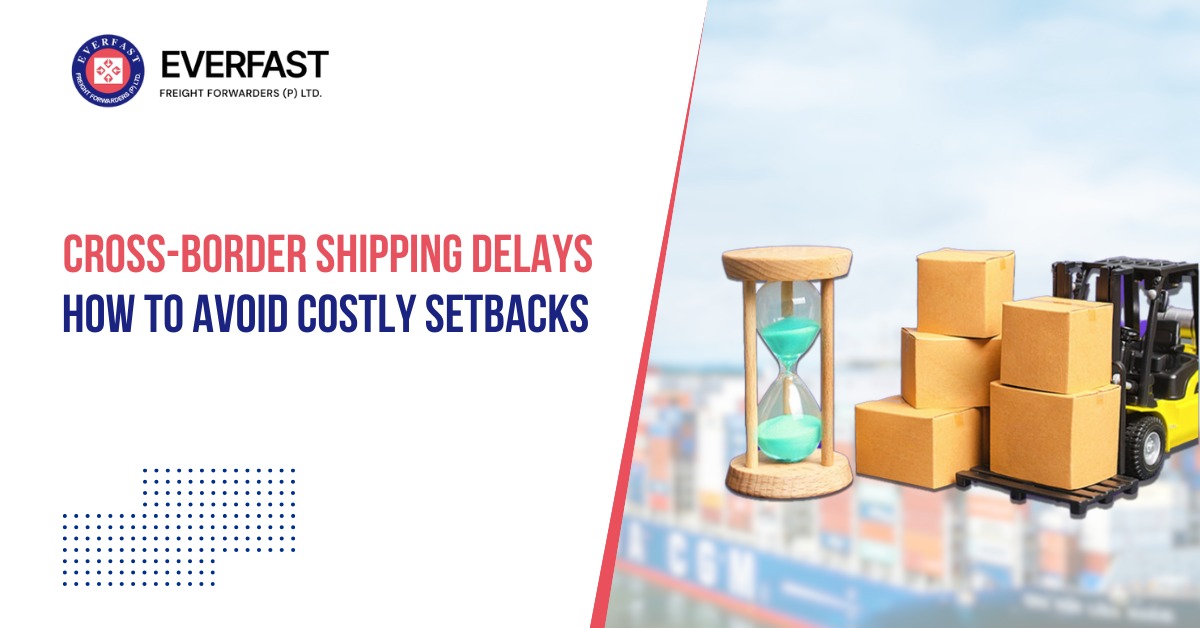
Cross-Border Shipping Delays: How to Avoid Costly Setbacks
Moving goods across borders isn’t as simple as loading a truck and sending it off. One small error—like a missing document or an overlooked regulation—can cause shipments to get stuck at customs for days or even weeks. For businesses relying on tight delivery timelines, these delays can quickly escalate into costly problems.
Fortunately, with the right approach, many of the common pitfalls in cross-border shipping can be avoided.
Get the Documentation Right—Every Time
Documentation errors remain one of the leading causes of shipment delays at international borders. Even a minor discrepancy between the commercial invoice and the packing list can trigger time-consuming inspections.
Smart businesses now rely on strict documentation checklists and often use digital systems to streamline paperwork. Ensuring that documents such as invoices, packing lists, and certificates of origin are accurate and consistent is no longer optional—it's essential for keeping shipments moving.
Stay Ahead of Changing Customs Regulations
Customs rules and import/export regulations vary widely between countries—and they don’t stay the same for long. An unexpected change in tariff codes or licensing requirements can derail a shipment that's otherwise ready to go.
Working with experienced customs brokers or freight forwarders who are tuned into the latest regulatory changes helps businesses stay compliant and avoid costly surprises at the border.
Build Flexibility Into Shipping Plans
Even with perfect documentation and compliance, cross-border shipping is subject to uncontrollable factors like political unrest, port strikes, or extreme weather. Businesses that build flexibility into their logistics plans—such as adding buffer time to schedules—are better positioned to handle these disruptions without impacting customer commitments.
Realistic delivery timelines and contingency plans are no longer just best practices; they’re a competitive advantage.
Choose Transportation Partners Wisely
Not all carriers are equally equipped for the complexities of cross-border freight. Choosing a logistics partner with strong international experience, real-time tracking capabilities, and established relationships with customs officials can mean the difference between a seamless delivery and a major delay.
Trusted partners help pre-empt common issues, suggest alternative routes when necessary, and keep shipments visible and on schedule throughout the journey.
Prioritize Clear Communication Across the Supply Chain
Successful cross-border shipping relies heavily on proactive, transparent communication between all players involved—suppliers, logistics providers, customs agents, and customers. Regular updates, quick escalations, and clear lines of accountability ensure that small problems don’t turn into major setbacks.
When everyone along the chain knows the plan and stays informed about any changes, the likelihood of miscommunication-driven delays drops dramatically.
Final Thoughts
Cross-border shipping can be complex, but it doesn’t have to be chaotic. With the right strategies—careful documentation, regulatory awareness, strong logistics partners, and proactive communication—freight can move smoothly and reliably across international lines.
Partnering with experts like Everfast ensures that businesses don't just react to cross-border challenges—they stay ahead of them. Seamless, efficient shipping helps keep operations running smoothly and customers happy, no matter where in the world they are.
